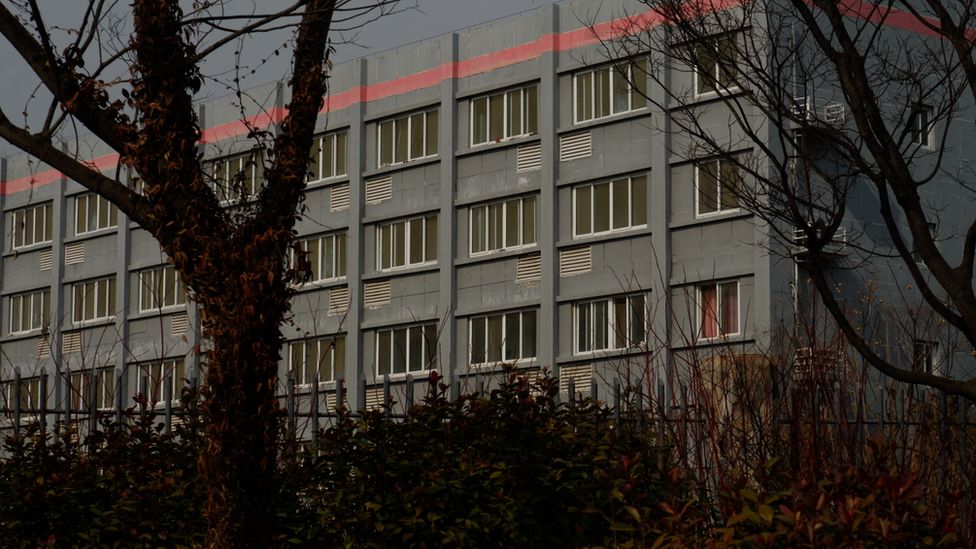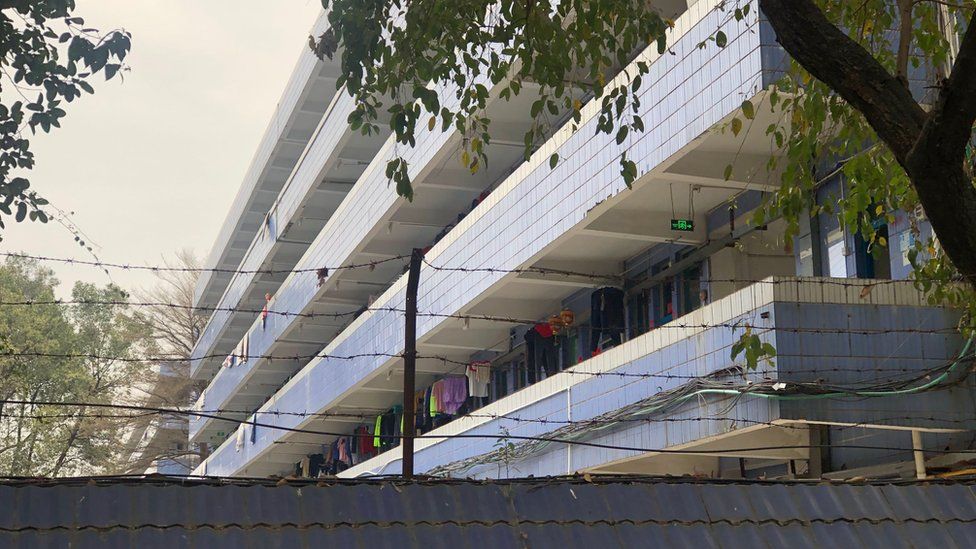By Rod Nickel, Stephanie Kelly and Karl Plume

(Reuters) - For 17 years, trucker Colin Birch has been hitting the highways to collect used cooking oil from restaurants.
He works for Vancouver-based renderer West Coast Reduction Ltd, which processes the grease into a material to make renewable diesel, a clean-burning road fuel. That job has recently gotten much harder. Birch is caught between soaring demand for the fuel - driven by U.S. and Canadian government incentives - and scarce cooking oil supplies, because fewer people are eating out during the coronavirus pandemic.
"I just have to hustle more,” said Birch, who now sometimes travels twice as far across British Columbia to collect half as much grease as he once did.
His search is a microcosm of the challenges facing the renewable diesel industry, a niche corner of global road fuel production that refiners and others are betting on for growth in a lower-carbon world. Their main problem: a shortage of the ingredients needed to accelerate production of the fuel.
Unlike other green fuels such as biodiesel, renewable diesel can power conventional auto engines without being blended with diesel derived from crude oil, making it attractive for refiners aiming to produce low-pollution options. Refiners can produce renewable diesel from animal fats and plant oils, in addition to used cooking oil.
Production capacity is expected to nearly quintuple to about 2.65 billion gallons (63 million barrels) over the next three years, investment bank Goldman Sachs said in an October report.
Rising demand is creating both problems and opportunities across an emerging supply chain for the fuel, one small example of how the larger transition to green fuels is upending the energy economy. A renewable diesel boom could also have a profound impact on the agricultural sector by swelling demand for oilseeds like soybeans and canola that compete with other crops for finite planting area, and by driving up food prices.
Local and federal governments in the United States and Canada have created a mix of regulations, taxes or credits to stimulate more production of cleaner fuels. President Joe Biden has promised to move the United States toward net-zero emissions, and Canada's Clean Fuel Standard requires lower carbon intensity starting in late 2022. California currently has a low-carbon standard that provides tradable credits to clean fuel producers.
But the feedstock supply squeeze is constraining the industry's ability to comply with those efforts.
‘SPINNING FAT INTO GOLD’
Demand and prices for feedstocks from soybean oil to grease and animal fat is soaring. Used cooking oil is worth 51 cents per pound, up about half from last year's price, according to pricing service The Jacobsen.
Tallow, made from cattle or sheep fat, sells for 47 cents per pound in Chicago, up more than 30% from a year ago. That's boosting the fortunes of renderers such as Texas-based Darling Ingredients Inc and meat packers such as Tyson Foods Inc. Darling shares have about doubled in the last six months.
"They're spinning fat into gold," said Lonnie James, owner of South Carolina fats and oil brokerage Gersony-Strauss. "The appetite for it is amazing."
Clean fuels could be a boon for North American refiners, among the pandemic's hardest-hit businesses as grounded airlines and lockdowns hammered fuel demand. Refiners Valero Energy Corp, PBF Energy Inc and Marathon Petroleum Corp all lost billions in 2020.
Valero’s renewable diesel segment, however, posted a profit, and the company has announced plans to expand output. Marathon is seeking permits to convert a California refinery to produce renewable fuels, while PBF is considering a renewable diesel project at a Louisiana refinery.
The companies are among at least eight North American refineries that have announced plans to produce renewable fuels, including Phillips 66, which is reconfiguring a California refinery to produce 800 million gallons of green fuels annually.
Once new renewable diesel production capacity comes online, feedstocks are likely to become more scarce, said Todd Becker, chief executive of Green Plains Inc, a biorefining company that helps produce feedstocks.
Goldman Sachs estimates that an additional 1 billion gallons of total capacity could be added if not for issues with feedstock availability, permitting and financing.
"Everybody in North America and around the world are all trying to buy low carbon-intensity feedstocks," said Barry Glotman, chief executive of West Coast Reduction.
His customers include the world's biggest renewable diesel maker, Finland’s Neste. A spokesperson for Neste said the company sees more than enough feedstock supply to meet current demand and that development of new feedstocks can ensure supply in the future.
SOYBEAN, CANOLA BOOM
Renewable diesel producers are increasingly counting on soybean and canola oil to run new plants.
The U.S. Agriculture Department (USDA) is forecasting record-high soybean demand from domestic processors and exporters this season, largely because of soaring global demand for livestock and poultry feed.
Crushers who produce oil from the crops are also scouring Western Canada for canola, helping to drive prices in February to a record futures high of C$852.10 per tonne. Soybeans reached $14.45 per bushel in the United States last week, the highest level in more than six years.
Rising food prices are a concern if the predicted demand for crops to generate renewable diesel materializes, said USDA Chief Economist Seth Meyer. U.S. renewable diesel production could generate an extra 500 million pounds of demand for soyoil this year, Juan Luciano, chief executive of agricultural commodities trader Archer Daniels Midland Co, said in January. That would represent a 2% year-over-year increase in total consumption.
Greg Heckman, CEO of agribusiness giant Bunge Ltd, in February called the renewable diesel expansion a long-term "structural shift" in demand for edible oils that will further tighten global supplies this year.
By 2023, U.S. soybean oil demand could outstrip U.S. production by up to 8 billion pounds annually if half the proposed new renewable diesel capacity is constructed, according to BMO Capital Markets.
That same year, Canadian refiners and importers will face their first full year complying with new standards to lower the carbon intensity of fuel, accelerating demand for renewable diesel feedstocks, said Ian Thomson, president of industry group Advanced Biofuels Canada.
Manitoba canola grower Clayton Harder said it is hard to envision a vast expansion of canola plantings because farmers need to rotate crops to keep soils healthy. Farmers may instead have to raise yields by improving agronomic practices and sowing better seed varieties, he said.
British Columbia refiner Parkland Corp is hedging its bets on feedstock supplies. The company is securing canola oil through long-term contracts, but also exploring how to use forestry waste such as branches and foliage, said Senior Vice President Ryan Krogmeier.
The competition to find new and sustainable biofuel feedstocks will be fierce, said Randall Stuewe, chief executive at Darling, the largest renderer and collector of waste oils.
"If there is a feedstock war, so be it," he said.
(Reporting by Rod Nickel in Winnipeg, Stephanie Kelly in New York and Karl Plume in Chicago; editing by David Gaffen, Simon Webb and Brian Thevenot)







 © Supplied by Infosys Infosys president, Ravi Kumar.
© Supplied by Infosys Infosys president, Ravi Kumar.






